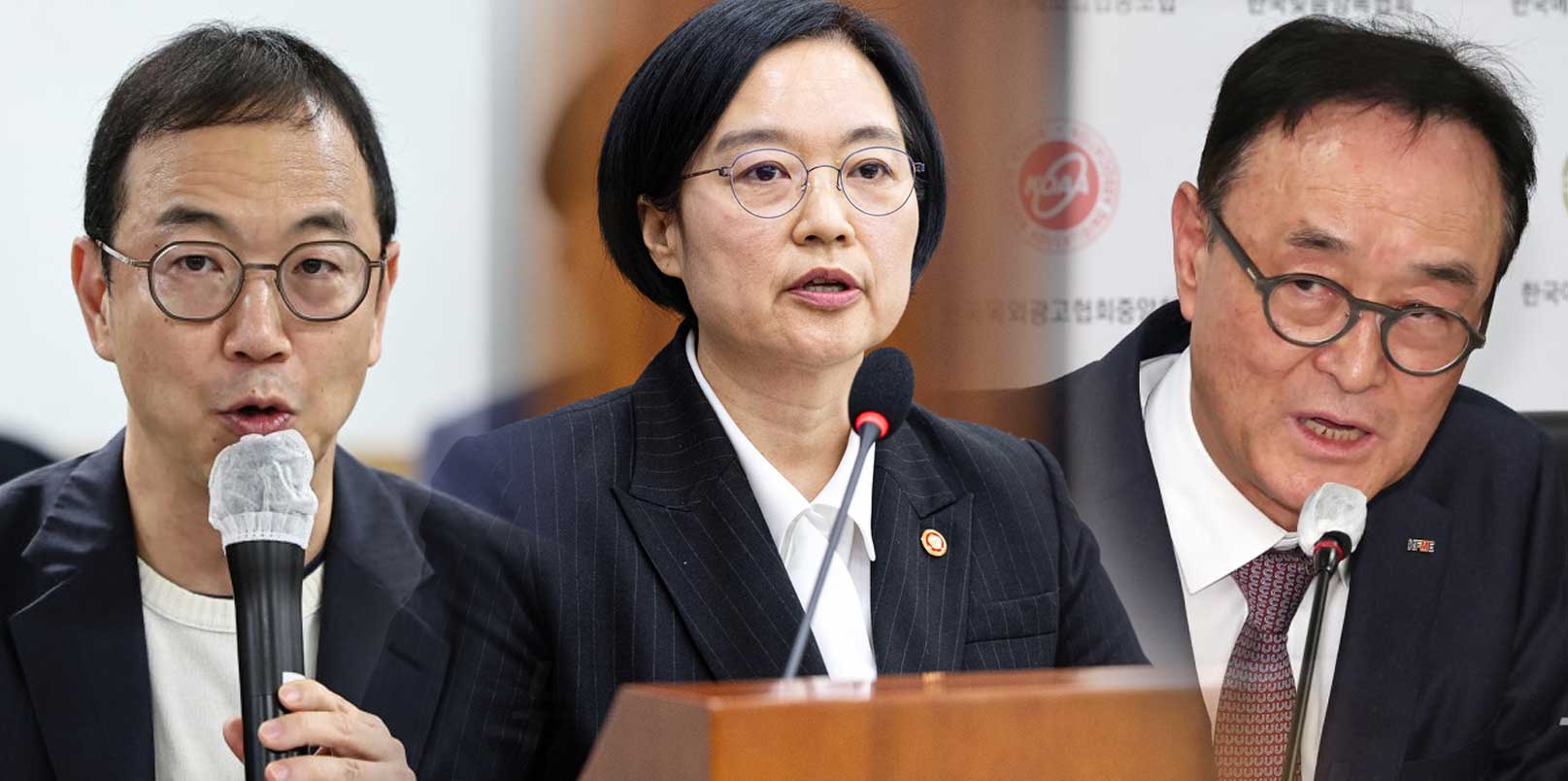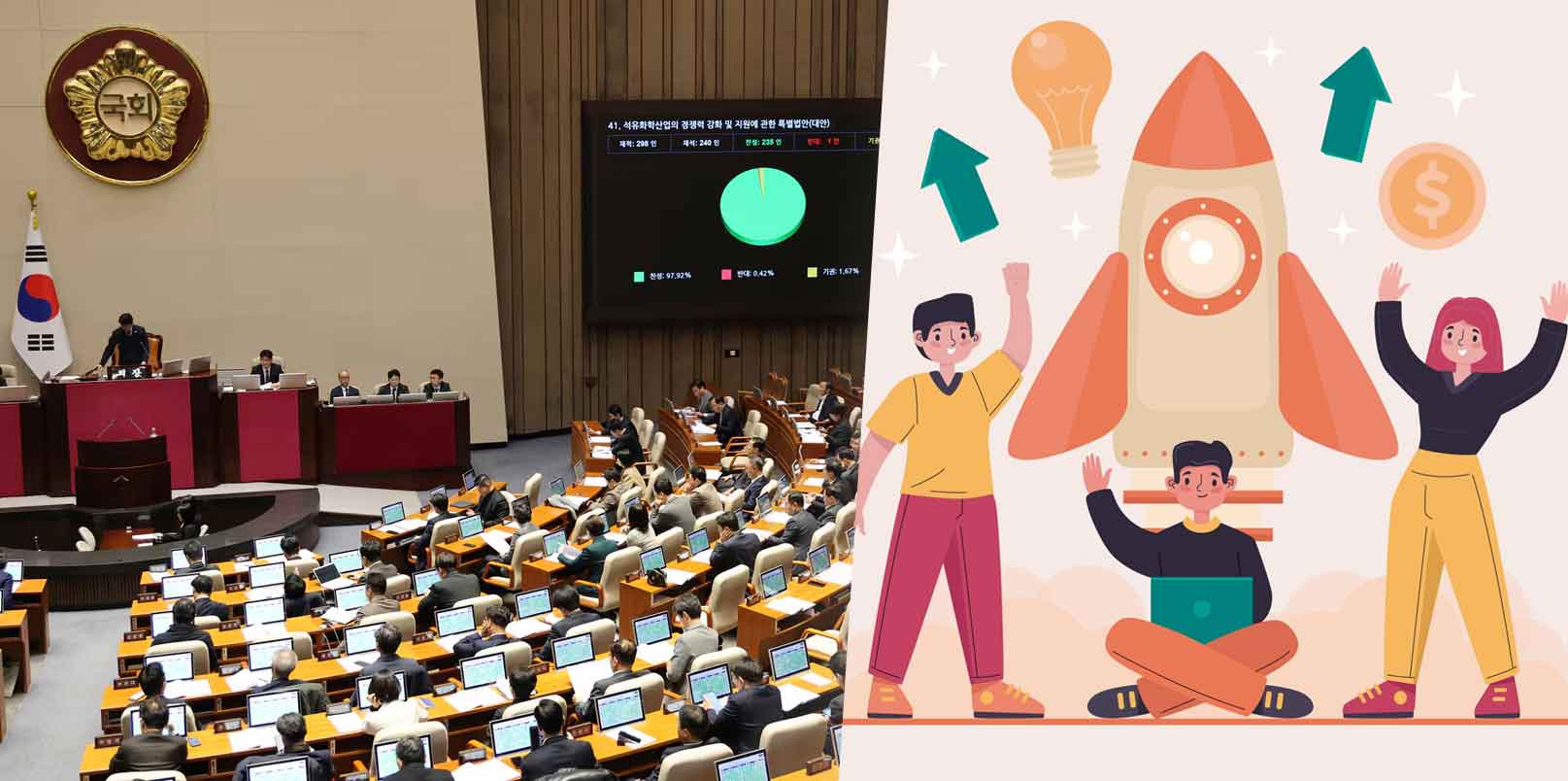South Korea’s latest finance report in policy fund reveals an impressive outcome — billions in public capital saved thousands of SMEs and more than 100,000 jobs. Yet beneath the success lies a pressing question for the nation’s innovation economy. After all, can survival-oriented funding coexist with the ambition to build a globally competitive startup ecosystem driven by technology, risk capital, and growth?
Policy Fund Helps SMEs Survive, But Sparks Broader Debate
A new government analysis shows that South Korea’s KRW 4.2 trillion (approximately USD 3 billion) policy financing program has helped over 19,000 small and medium-sized enterprises (SMEs) avoid closure and preserve around 110,000 jobs.
While the outcome of this policy fund underscores the stabilizing role of the Ministry of SMEs and Startups (MSS), it also reignites a long-running policy debate — whether the nation’s financial system is prioritizing business survival over innovation-led growth.
The findings, released by the Korea Small Business Institute (KOSBI), evaluated the long-term impact of four major policy loan programs, including the Business Stabilization Fund and Emergency Management Fund.
From 2018 to 2021, firms that received MSS-backed loans recorded 4.8 percentage points higher survival rates and 7.2 percentage points higher sales growth than those without government support.
Crisis Finance Boosts Stability but Limits Market Dynamism
The study concluded that policy financing played a clear role in maintaining employment and softening the blow of economic downturns. Beneficiary firms extended job retention by as much as six years, with employment growth rising by up to 3.8 percentage points a year after support.
However, economists warn that prolonged dependence on crisis-driven funding could slow Korea’s innovation capacity.
Choi Se-kyung, Senior Research Fellow at KOSBI, noted that efficiency must be balanced with market vitality. Hence, the institute proposed introducing incentive-based lending frameworks, rewarding firms that demonstrate growth, transition success, or early repayment — a shift toward performance-linked policy financing.
“Considering criticism that crisis-finance support could weaken market dynamism, performance evaluation and delivery system improvements should proceed in parallel to enhance efficiency.”
Innovation Policy at a Crossroads
In 2025, the MSS expanded its total policy financing to KRW 4.2 trillion, with KRW 1.7 trillion allocated to companies affected by the strong dollar and export volatility. But even as these programs stabilize Korea’s SME backbone, questions remain about their alignment with innovation policy goals.
Unlike venture programs such as TIPS, K-Startup Grand Challenge, or KOCCA Launchpad, which focus on scaling startups to global market, MSS’s policy loans are designed to keep existing SMEs afloat. This difference highlights a structural divide in Korea’s innovation economy — between protective fiscal policy and venture-led competitiveness.
Industry analysts argue that a clearer differentiation between SME resilience funding and startup growth capital is essential.
Analysts warn that without such balance, Korea risks over-allocating public funds to survival financing, while underfunding high-impact innovation sectors like AI and biotech.
Toward a Smarter Financial Ecosystem
The MSS’s upcoming 2026 budget proposal already reflects partial restructuring: underperforming loan programs such as the Temporary Management Hardship Fund and Growth Base Fund are set to be reduced by KRW 1.4 trillion, with resources redirected toward stabilization and recovery financing.
Policy experts suggest this could be a chance to redesign how public capital flows between SMEs and startups.
By tying policy loans more closely to innovation outcomes — such as R&D commercialization or global expansion metrics — Korea could bridge the gap between fiscal support and entrepreneurial growth.
Balancing Stability and Innovation with Policy Fund
Korea’s policy finance system has proven its strength in preserving jobs and ensuring economic continuity during times of stress. Yet as global innovation accelerates, the country faces a strategic choice: remain focused on stability, or evolve toward scalable innovation financing that fuels competitiveness in the next decade.
The challenge now is not whether Korea can support its small businesses — but how it can convert that stability into innovation-led growth that sustains the nation’s startup momentum.
– Stay Ahead in Korea’s Startup Scene –
Get real-time insights, funding updates, and policy shifts shaping Korea’s innovation ecosystem.
➡️ Follow KoreaTechDesk on LinkedIn, X (Twitter), Threads, Bluesky, Telegram, Facebook, and WhatsApp Channel.






